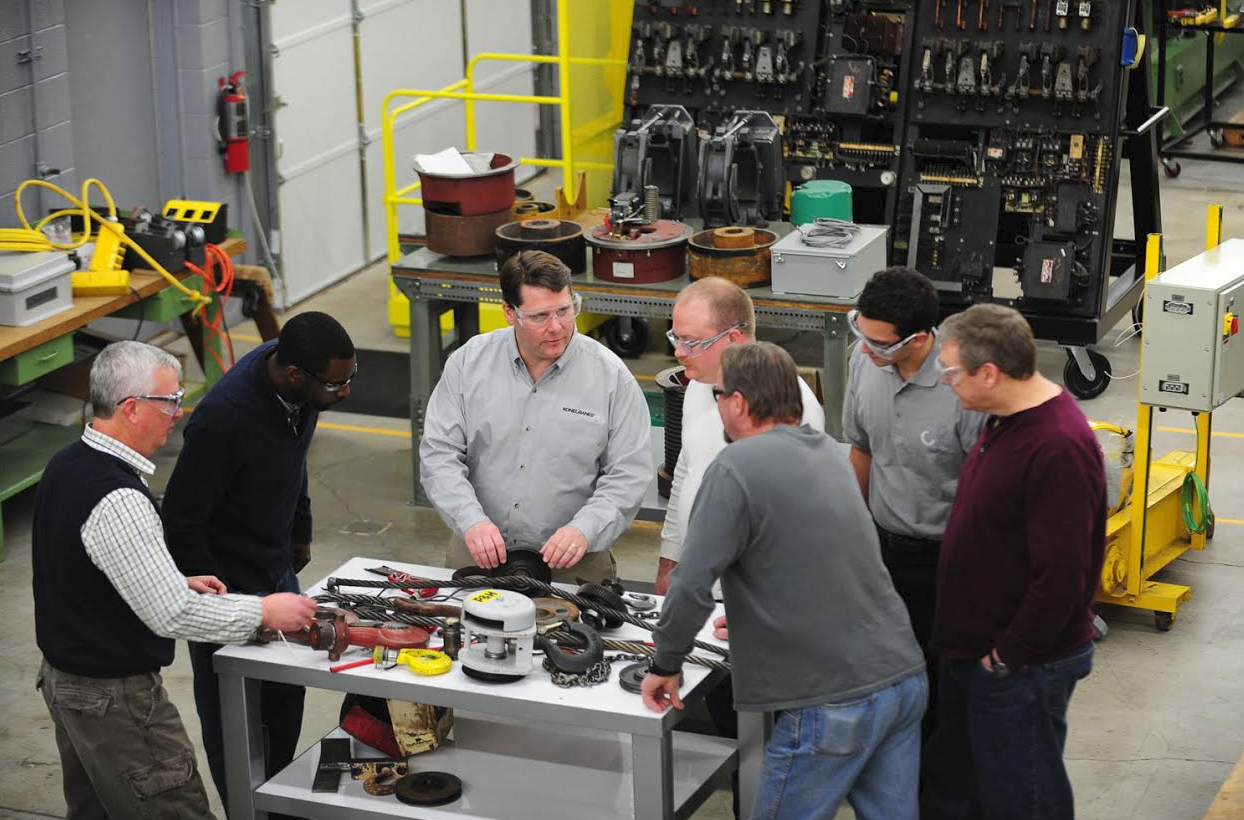Dealing with an OSHA inspection requires some knowledge of the Washington, D.C.- based Occupational Safety and Health Administration’s history and its background. OSHA is part of the U.S. Department of Labor and was created through the Williams-Steiger Occupational Safety and Health Act of 1970, which was signed into law on Dec. 29, 1970, by President Richard M. Nixon. Before OSHA, there were nearly 6,000 workplace fatalities annually, 50,000 deaths from workplace-related illnesses and 5.7 million non-fatal workplace injuries. Injuries alone cost American businesses more than $125 billion.
OSHA is responsible for worker safety and health protection, and it has made a significant difference in the safety and health of workers in all industries. Since its inception, OSHA helped cut the work-related fatality rate in half; worked with employers and employees to reduce injuries and illnesses by 40 percent; and reduced trenching and excavation fatalities by 35 percent. To accomplish these goals, OSHA encourages employers and employees to reduce workplace hazards and implement new safety and health programs, as well as improve existing ones.
Consequently, all U.S.-based businesses covered by the OSH Act are subject to inspection by OSHA compliance safety and health officers (CSHOs). Most inspections are conducted without advance notice. Because OSHA cannot inspect all 7 million workplaces it covers each year, it seeks to prioritize its focus on those that present imminent danger situations—hazards that could cause death or serious physical harm.
Keep in mind that OSHA considers an employee on a roof over 6-feet high without fall protection imminently dangerous.
Other high priorities include fatalities and catastrophes, which are any incidents involving the deaths or hospitalizations of three or more employees. These catastrophes must be reported to OSHA within eight hours. In addition, employers must report any employee hospitalizations, amputations or loss of an eye within 24 hours. Complaints, allegations of hazards or violations also receive high priority. Referrals of hazard information from other federal, state or local agencies; individuals; organizations; or the media receive consideration for inspection. Follow-ups—checks for abatement of violations cited during previous inspections—are conducted by the agency in certain circumstances. Planned or programmed investigations will sometimes be aimed at specific high-hazard industries or individual workplaces that have experienced high rates of injuries or illnesses.
Roofing is considered a high-hazard industry. Roofing job sites are highly visible and working roofers can be seen from several blocks away; therefore, possible infractions or violations are much more visible. As such, it is likely OSHA may come to visit your job site.
When a CSHO comes onsite, the first thing he or she is supposed to do is announce himself or herself to the management representative (the owner, superintendent, foreman or safety consultant). At this point, the CSHO will show his or her credentials—these credentials are similar and carry the same weight of law as those of an FBI agent. CSHOs also have a working relationship with other governmental agencies. An OSHA compliance officer can call in the U.S. Environmental Protection Agency, local Department of Environmental Protection, Department of Transportation, or U.S. Immigration and Customs Enforcement if he or she suspects other regulatory infringements.
At this point, the CSHO will conduct the opening conference and explain why this workplace was selected for inspection and describe the scope of the inspection. The employer will choose a representative to accompany the officer during the inspection. An authorized representative (often a union representative, someone designated by employee consensus or even the complainant) of the employees has the right to join the inspection. Regardless, the officer will consult privately with a reasonable number of employees during the inspection. The company representative may not be allowed to participate in these consultations. (Learn more in an OSHA Inspections Fact Sheet.)
Following the opening conference, the compliance officer and representatives will walk through the portions of the job site covered by the inspection, looking for hazards that could lead to employee injury or illness. The compliance officer also will review workplace injury and illness records and posting of the official OSHA poster.
During the walkthrough, the compliance officer may point out some violations that can be corrected immediately. Although the law requires these hazards be cited, prompt correction is a sign of good faith on the part of the employer. Compliance officers try to minimize work interruptions during the inspection and will keep confidential any trade secrets they observe. The only time a CSHO can stop a job is if an employee is in immediate danger.
As a professional safety consultant, I have been involved in numerous OSHA inspections. During these inspections, I collect information. I listen to what the CSHO has to say and take copious notes. I know the rules OSHA must follow and I note every possible mistake or shortcut the officer may make during the information-gathering process. While doing this, I am cordial with the officer; I speak politely and respectfully and as little as possible. The information I gather can sometimes be used at the informal hearing to get some of the citations lowered or, if OSHA is mistaken or has not followed its own protocols, removed completely.
In the meantime, I make sure my client immediately fixes any issues that OSHA has cited us on. Just like OSHA, I want all employees to be able to work safely and without the fear of injury and illness.



Be the first to comment on "How to Deal with an OSHA Inspection"